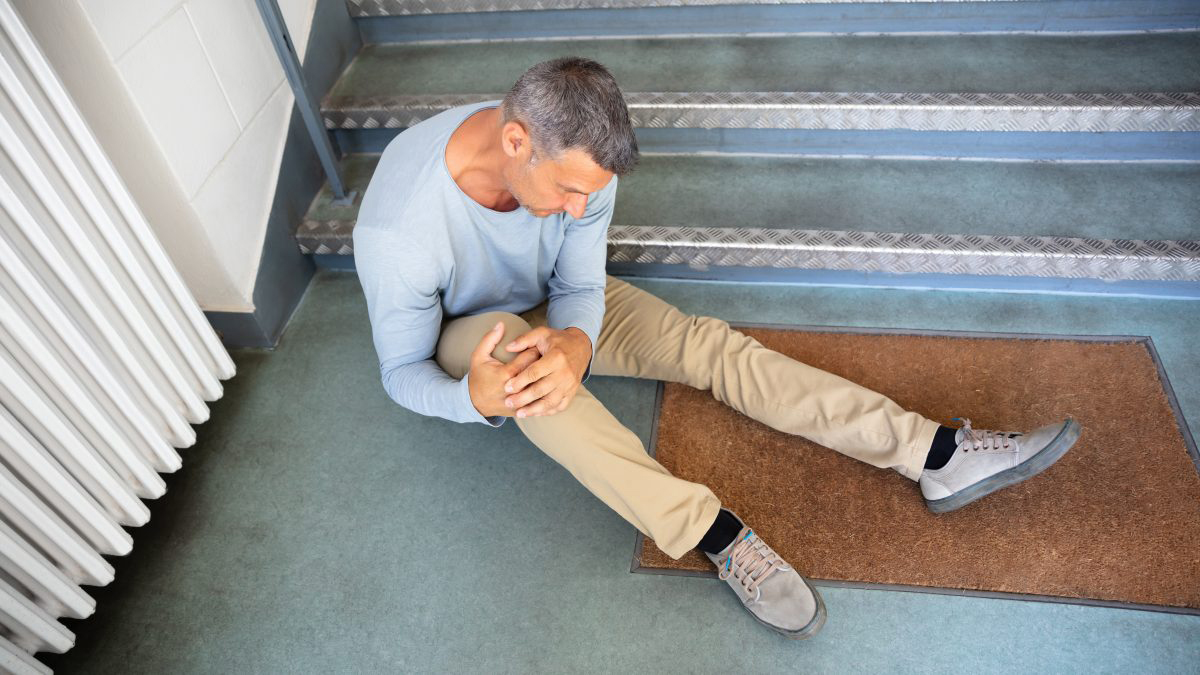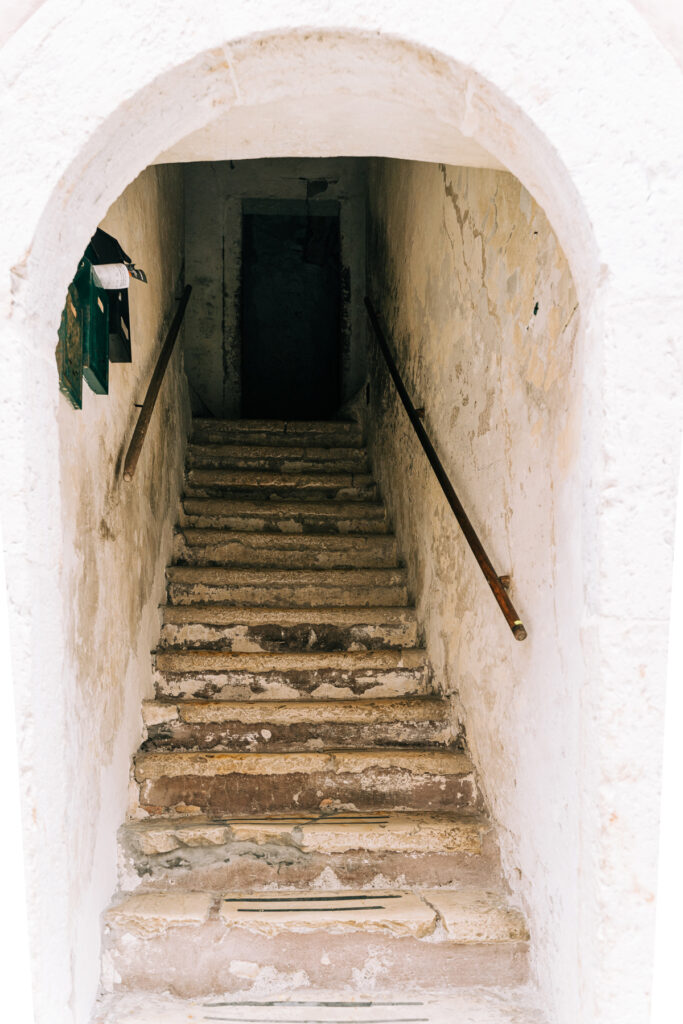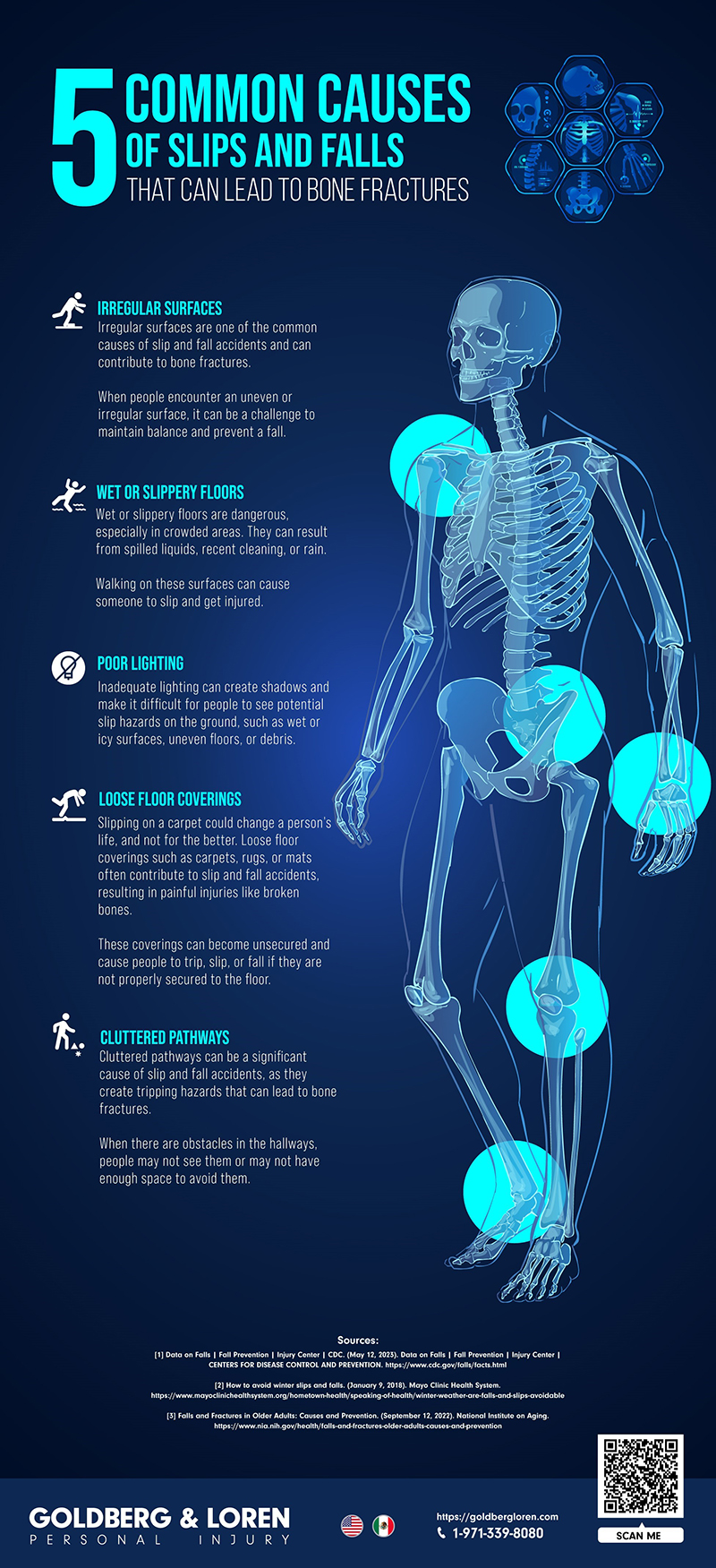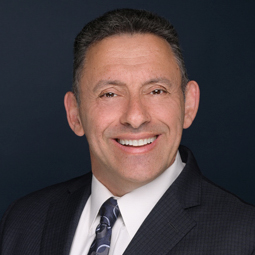What is a Slip and Fall Injury?
A slip and fall injury refers to an accident that occurs when someone slips, trips, or falls due to hazardous conditions on a property. These injuries can range from minor bruises and scrapes to severe injuries like tibial fractures, shoulder injuries, compound fractures, and hairline fractures.
These injuries often require medical treatment such as casts and physical therapy and can result in short-term, long-term disability. Sometimes broken bones even result in permanent disability if a person does not receive prompt medical attention.
One out of five falls causes a serious injury such as fractured bones or a head injury. [1] Broken bones are a common injury resulting from slip and falls, especially hip fractures, which are particularly frequent among senior citizens.
When a person sustains a bone fracture, they may experience a range of sensations or symptoms. These can include sudden, intense pain at the site of the injury, swelling, bruising, and difficulty moving the affected limb or body part.
In some cases, the body may also produce a cracking or popping sound when the bone breaks. While some fractures may be immediately noticeable, others may be more challenging to diagnose.
Hairline fractures, for example, may cause a dull ache or chronic pain, but may not be apparent on an X-ray or other imaging tests. If a person suspects they have sustained a broken bone, it’s crucial to seek medical attention immediately. Over-the-counter pain medications can be taken to help reduce the intensity of pain prior to seeing the doctor.
A doctor will typically perform a physical examination, along with imaging tests, to determine the extent and location of the injury. Early diagnosis and treatment of broken bones can help prevent further complications and promote faster healing.
Slip and fall accidents may happen at home, at work (which could result in a work-related injury), or on public sidewalks.

Falls and Broken Bones
When we fall, our natural instinct is to try to brace ourselves with our hands or put out a leg to try to prevent or lessen the impact of the fall. However, in doing so, these limbs can take the full force of the impact, resulting in broken bones.
It’s not uncommon for people who fall to suffer wrist fractures, broken arms, knees, or hips, depending on the severity of the fall. These injuries can be particularly serious for older adults, who may have weaker bones and less ability to absorb the shock of the fall.
Recovery time from a broken bone can be extensive, and it can significantly impact a person’s ability to work or go about their daily activities. Be aware of potential hazards, wear appropriate footwear, and take your time on slippery surfaces.
Common Causes of Slip and Falls that Cause Broken Bones
Uneven Surfaces
Uneven surfaces are one of the common causes of slip and fall accidents, and they can contribute to broken bones. When people encounter an uneven or irregular surface, it can be a challenge to maintain their balance and avoid a fall.
Whether it is a potholed sidewalk or a cracked floor tile, tripping over these surfaces can result in a terrible fall, with the potential for broken bones.
Uneven surfaces can occur in various ways, including chipped tiles, wrinkled carpets, and cracks in sidewalks. These tripping hazards can easily catch people off guard, causing them to lose their balance and fall.
It is the property owner’s responsibility to maintain safe walking surfaces and promptly address any hazards to ensure the safety of their guests.

Wet or Slippery Floors
Wet floors or slippery surfaces pose dangerous conditions for slip-and-fall accidents, particularly in areas with heavy foot traffic. Wet surfaces may be caused by spilled liquids, recently cleaned floors, or rainy weather conditions. When walking on these surfaces, a person can easily lose their footing, leading to serious injuries such as broken bones.
When the sidewalks are icy, it’s important to take small steps to ensure your stability and prevent slip-and-fall accidents. [2] It’s always better to err on the side of caution and take your time when traversing icy sidewalks or other slippery surfaces, to avoid potential injuries from a fall. Wearing shoes with good traction and non-slip soles can provide added stability on slippery surfaces.
Landlords, homeowners, and business owners should frequently inspect surfaces for potential slip hazards and promptly address them by repairing or replacing problematic areas.
Implementing warning signs in areas where floors are prone to be slippery, such as bathrooms or kitchens, can also serve as a safety precaution.
Applying anti-slip coatings and using floor mats are other essential preventative measures. These coatings can provide an added layer of protection against slippery surfaces while maintaining the floor’s aesthetics.
Floor mats placed in high-risk areas, such as entryways and hallways, can help to absorb water and prevent it from spreading to other parts of the floor. By taking these steps, property owners can ensure that their guests are safe and avoid potential legal liability in the case of a slip and fall incident.
Poor Lighting
Poor lighting conditions in areas where foot traffic is expected may increase the risk of slip-and-fall accidents. Inadequate lighting can create shadows and make it difficult for individuals to see potential slip hazards on the ground, such as wet or icy surfaces, uneven flooring, or debris.
Parking garages and apartment buildings are particularly susceptible to inadequate lighting conditions as these spaces often have dimly lit areas that are not easily visible.
Such areas not only increase the risk of slip and fall accidents but also create an environment conducive to criminal activities, making it dangerous for tenants.
Falls can easily lead to broken bones, including fractures in the hips, legs, or arms when individuals land awkwardly on hard surfaces. Apart from broken bones, the impact of the fall on hard surfaces can lead to facial injuries, spinal cord injuries, and traumatic brain injuries.
For elderly people, their vision may be poor in the first place which puts them at even higher risk for these debilitating injuries.
Regular maintenance, repair, and replacement of installation components can keep lighting fixtures performing optimally, ensuring tenants’ safety.
Loose Floor Coverings
Slipping on a rug could change a person’s life and not for the better. [3] Loose floor coverings such as rugs, mats, or carpets can often lead to these slip-and-fall accidents, resulting in painful injuries such as broken bones. These coverings can become unsecured and cause individuals to trip, slip, or fall when they are not properly secured to the floor.
Negligence on the part of property owners to inspect and maintain the area can cause serious injuries. Many times, property owners fail to identify loose floor coverings, allowing this problem to persist.
To prevent slip and fall accidents caused by loose floor coverings, property owners must take proactive measures to maintain and secure the area and regularly inspect their property to ensure its safety.
Cluttered Pathways
Cluttered pathways can be a significant cause of slip and fall accidents, as they create tripping hazards that can lead to broken bones. Cluttered pathways may be a result of poor organization, lack of proper storage space, or neglect to clear away materials after use. When there are obstacles in walkways, people may not see them, or they may not have enough space to avoid them.
They might trip over boxes, piles of papers, or equipment left in the middle of a path, causing them to lose their balance and fall. This can be particularly dangerous when the person is carrying something heavy, as the added weight can cause them to lose their footing more easily.
In addition to physical obstacles, cluttered pathways can also create a mental distraction, as people try to navigate around the obstructions. This can cause them to lose focus on where they are stepping and increase their risk of slipping.

After a Fall, What to Do
After a slip and fall accident, it can be difficult to know what to do next. There are a few important steps to take to ensure your safety, health, and legal rights.
Getting medical help after a slip and fall that results in a bone fracture is essential, as it can help prevent further injury and complications. Treatment for bone fractures in an injured person may include immobilization using a cast or brace, medication for pain management, and physiotherapy to help restore movement and strength in the affected area.
Delaying medical treatment can not only lead to a slower recovery time but can also result in long-term complications such as chronic pain or limited mobility.
Report the incident to the property owner or manager immediately, even if you are not sure if you are injured. Ask for a written report of the incident, including the date, time, location, and details of the accident.
Preserve evidence by taking photos of the area where the accident occurred, including any hazards or unsafe conditions that led to the fall. If there were any witnesses to the accident, take down their contact information in case you need to contact them later.
Consider consulting with a slip-and-fall accident lawyer to discuss your legal options. A lawyer can help you evaluate your case, gather evidence, and negotiate with insurance companies on your behalf to ensure you receive fair compensation for your injuries and damages.
Taking these steps after a slip and fall accident can help protect your health and legal rights. Remember to report the incident, preserve evidence, seek medical care, and consult with a slip and fall accident lawyer.
Have you been injured in a slip-and-fall accident?
It can be tough to know what to do when you’re hurt and dealing with medical bills, lost wages, and insurance companies. That’s where Goldberg & Loren comes in. Our experienced personal injury attorneys can help you get the compensation you deserve. Contact us today to schedule a free consultation.
5 Common Causes of Slips and Falls Inforgraphic
Sources:
[1] Health Education. (n.d.). Fall Prevention | Health Education | UC Davis Health. Copyright UC Regents. For More Information Regarding the University of California’s Copyright Terms, Visit http://www.ucop.edu/services/terms.html. https://health.ucdavis.edu/health-education/topic/wellness/fall-prevention
[2] How to avoid winter slips and falls. (2018, January 9). Mayo Clinic Health System. https://www.mayoclinichealthsystem.org/hometown-health/speaking-of-health/winter-weather-are-falls-and-slips-avoidable
[3] Falls and Fractures in Older Adults: Causes and Prevention. (2022, September 12). National Institute on Aging.
https://www.nia.nih.gov/health/falls-and-fractures-older-adults-causes-and-prevention


